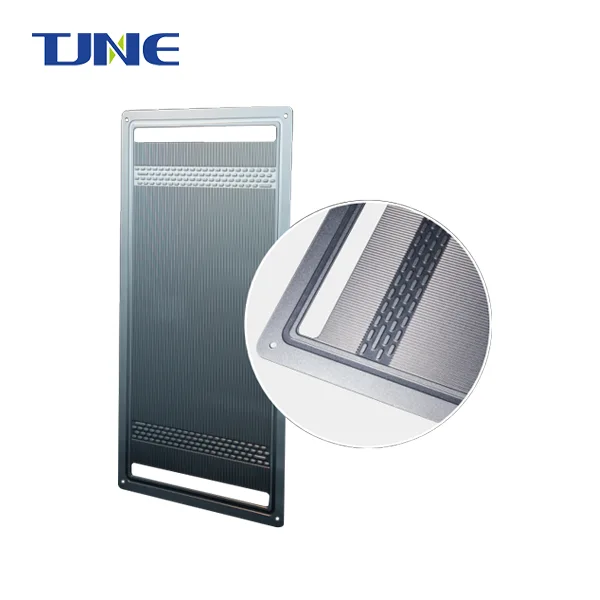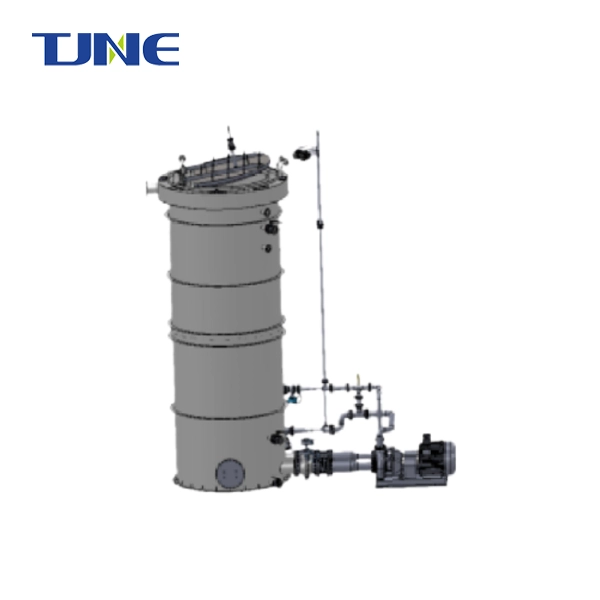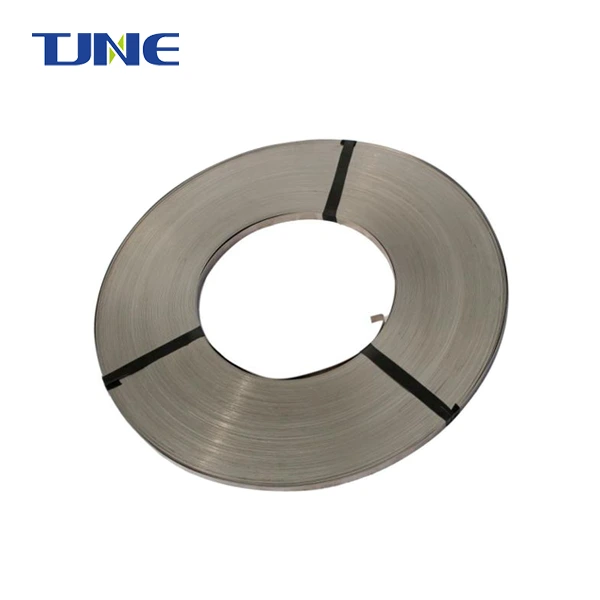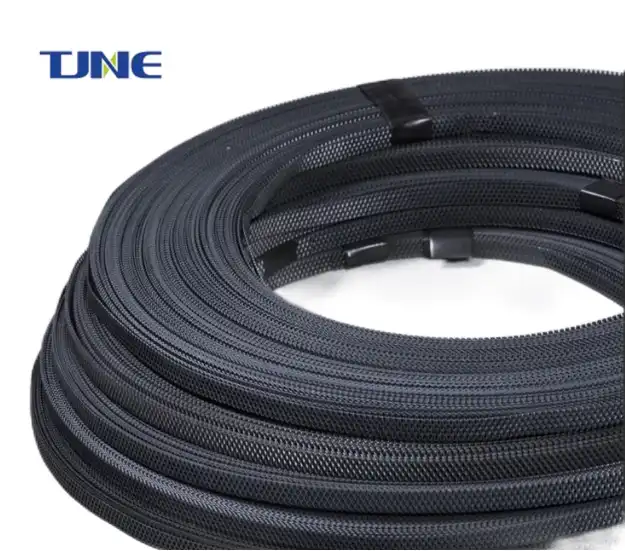- English
- French
- German
- Portuguese
- Spanish
- Russian
- Japanese
- Korean
- Arabic
- Greek
- German
- Turkish
- Italian
- Danish
- Romanian
- Indonesian
- Czech
- Afrikaans
- Swedish
- Polish
- Basque
- Catalan
- Esperanto
- Hindi
- Lao
- Albanian
- Amharic
- Armenian
- Azerbaijani
- Belarusian
- Bengali
- Bosnian
- Bulgarian
- Cebuano
- Chichewa
- Corsican
- Croatian
- Dutch
- Estonian
- Filipino
- Finnish
- Frisian
- Galician
- Georgian
- Gujarati
- Haitian
- Hausa
- Hawaiian
- Hebrew
- Hmong
- Hungarian
- Icelandic
- Igbo
- Javanese
- Kannada
- Kazakh
- Khmer
- Kurdish
- Kyrgyz
- Latin
- Latvian
- Lithuanian
- Luxembou..
- Macedonian
- Malagasy
- Malay
- Malayalam
- Maltese
- Maori
- Marathi
- Mongolian
- Burmese
- Nepali
- Norwegian
- Pashto
- Persian
- Punjabi
- Serbian
- Sesotho
- Sinhala
- Slovak
- Slovenian
- Somali
- Samoan
- Scots Gaelic
- Shona
- Sindhi
- Sundanese
- Swahili
- Tajik
- Tamil
- Telugu
- Thai
- Ukrainian
- Urdu
- Uzbek
- Vietnamese
- Welsh
- Xhosa
- Yiddish
- Yoruba
- Zulu
Titanium electrodes for swimming pool disinfection are advanced technological components used in modern pool maintenance systems. These electrodes play a crucial role in the electrolysis process, which generates chlorine directly in the pool water to keep it clean and safe for swimmers. Unlike traditional chlorine addition methods, titanium electrodes offer a more efficient, eco-friendly, and cost-effective solution for pool disinfection. They are designed to withstand the harsh chemical environment of pool water while providing long-lasting performance and minimal maintenance requirements.
How does a titanium electrode work in pool chlorination systems?
Titanium electrodes are at the heart of salt chlorination systems, which have revolutionized pool maintenance in recent years. These systems work by converting dissolved salt in the pool water into chlorine through a process called electrolysis. Here's a detailed breakdown of how titanium electrodes function in pool chlorination:
1. Salt Dissolution: The process begins with the addition of salt to the pool water. This salt dissolves, creating a mildly saline solution that is barely noticeable to swimmers. The salt concentration is typically maintained at around 3,000 to 4,000 parts per million (ppm), which is about one-tenth the salinity of seawater.
2. Electrolytic Cell: The salt water passes through an electrolytic cell, which houses the titanium electrodes. These electrodes are coated with special materials, often ruthenium or iridium, which enhance their catalytic properties and longevity.
3. Electrolysis Process: When an electric current is applied to the titanium electrodes, it triggers the electrolysis of water. This process breaks down the salt (sodium chloride) and water molecules into their constituent elements.
4. Chlorine Generation: The electrolysis process produces hypochlorous acid (HOCl) and sodium hypochlorite (NaClO), which are effective sanitizing agents. These compounds are the same as those found in traditional chlorine, but they are produced on-site and on-demand.
5. Sanitization: The newly generated chlorine compounds disperse throughout the pool, killing bacteria, algae, and other harmful microorganisms. This process ensures that the pool water remains clean and safe for swimming.
6. Continuous Cycle: After the chlorine compounds have done their job, they revert back to salt, and the cycle begins anew. This closed-loop system means that salt is rarely lost and only needs to be replenished occasionally.
The use of titanium electrodes in this process offers several advantages:
- Durability: Titanium is highly resistant to corrosion, ensuring a long lifespan for the electrodes even in the harsh pool environment.
- Efficiency: The catalytic coating on the titanium electrodes enhances the efficiency of the chlorine generation process, reducing energy consumption.
- Consistent Chlorine Levels: The system can be automated to maintain optimal chlorine levels, preventing over- or under-chlorination.
- Reduced Chemical Handling: Pool owners no longer need to store and handle potentially dangerous chlorine products.
By understanding the role of titanium electrodes in pool chlorination systems, pool owners can appreciate the technology that keeps their water clean and safe while minimizing the need for manual chemical additions and maintenance.
What are the benefits of using titanium electrodes for pool disinfection?
The adoption of titanium electrodes in pool disinfection systems has brought about numerous benefits that have made them increasingly popular among pool owners and maintenance professionals. Let's explore the advantages of using titanium electrodes for pool disinfection in detail:
1. Improved Water Quality: Titanium electrodes produce chlorine through electrolysis, which results in a purer form of chlorine compared to traditional chemical additions. This leads to clearer, softer water that is gentler on swimmers' skin, eyes, and hair. The continuous production of chlorine also helps maintain more stable and consistent sanitization levels, reducing the likelihood of algae growth or bacterial contamination.
2. Cost-Effectiveness: While the initial investment in a titanium electrode system may be higher than traditional chlorination methods, the long-term savings are significant. Salt, the primary raw material, is much cheaper than chlorine and needs to be replenished less frequently. Additionally, the system requires fewer chemicals and has lower operating costs, resulting in substantial savings over time.
3. Environmental Friendliness: Titanium electrode systems reduce the need for packaged chlorine products, which decreases the carbon footprint associated with manufacturing, packaging, and transporting these chemicals. The system also produces fewer chloramines, which are responsible for the strong "chlorine smell" often associated with pools and can be irritating to swimmers.
4. Safety: By eliminating the need to store and handle hazardous chlorine products, titanium electrode systems significantly improve safety around the pool area. This is particularly beneficial for households with children or pets.
5. Low Maintenance: Once installed, titanium electrode systems require minimal maintenance. The electrodes are designed to be self-cleaning and can operate for several years before needing replacement. This reduces the time and effort required for pool upkeep.
6. Versatility: Titanium electrodes can be used in various types and sizes of pools, from small residential pools to large commercial facilities. They can also be integrated with existing pool systems, making them a flexible solution for both new installations and upgrades.
7. Automatic Operation: Many titanium electrode systems can be automated and integrated with smart pool controllers. This allows for precise control of chlorine levels and can be adjusted based on factors such as pool usage, temperature, and weather conditions.
8. Extended Swimming Season: Because titanium electrode systems can operate efficiently at lower temperatures, they can extend the swimming season in cooler climates. This allows pool owners to enjoy their pools for a longer period each year.
9. Reduced Eye and Skin Irritation: The chlorine produced by titanium electrodes is purer and less likely to form irritating chloramines. This results in a more comfortable swimming experience with less eye redness and skin dryness.
10. Compatibility with Other Pool Features: Titanium electrode systems work well with other pool features such as heaters, pumps, and automatic covers. They can be seamlessly integrated into existing pool setups without interfering with other equipment.
By leveraging these benefits, pool owners can enjoy a more pleasant, cost-effective, and environmentally friendly swimming experience. The use of titanium electrodes represents a significant advancement in pool maintenance technology, offering a solution that aligns with modern demands for efficiency, safety, and sustainability.
How long do titanium electrodes last in a pool chlorinator?
The longevity of titanium electrodes in pool chlorinators is a crucial factor for pool owners and operators to consider when investing in this technology. Understanding the lifespan of these components can help in planning maintenance schedules and budgeting for replacements. Let's delve into the factors that affect the durability of titanium electrodes and what pool owners can expect in terms of their lifespan:
1. Average Lifespan: On average, high-quality titanium electrodes used in pool chlorinators can last between 5 to 7 years. However, this can vary significantly depending on several factors, including usage patterns, water chemistry, and maintenance practices.
2. Factors Affecting Longevity:
- Water Chemistry: Proper water balance is crucial for electrode longevity. Imbalanced pH levels, high calcium hardness, or excessive cyanuric acid can lead to scale buildup on the electrodes, reducing their efficiency and lifespan.
- Usage: The more the chlorinator is used, the faster the electrodes will wear. Pools that require more frequent chlorination due to high bather load or environmental factors may see shorter electrode lifespans.
- Salt Levels: Maintaining proper salt levels is essential. Too little salt can cause the system to work harder, while too much salt can accelerate electrode wear.
- Temperature: Extreme temperatures, particularly very hot water, can accelerate the breakdown of the electrode's coating.
- Maintenance: Regular cleaning and inspection of the electrodes can significantly extend their life.
3. Signs of Electrode Wear:
- Decreased Chlorine Production: As electrodes wear, they become less efficient at producing chlorine, requiring longer running times to maintain proper sanitization levels.
- Visible Wear: Physical inspection may reveal wear on the electrode's coating, often appearing as a loss of the dark coating material.
- System Warnings: Many modern chlorinators have built-in diagnostics that can alert owners to electrode issues.
4. Extending Electrode Life:
- Regular Cleaning: Periodic cleaning of the electrodes to remove scale and debris can significantly extend their lifespan. This can be done using a mild acid solution as recommended by the manufacturer.
- Proper Water Balance: Maintaining proper pH, alkalinity, and calcium hardness levels helps prevent scale formation on the electrodes.
- Optimal Salt Levels: Keeping salt levels within the manufacturer's recommended range ensures efficient operation without undue stress on the electrodes.
- Winter Care: In regions with cold winters, proper winterization of the pool and chlorinator can protect the electrodes from freeze damage.
5. Cost Considerations:
- While titanium electrodes represent a significant initial investment, their long lifespan often results in lower long-term costs compared to traditional chlorination methods.
- When replacement is necessary, many systems allow for the replacement of just the electrode cell rather than the entire chlorinator unit, reducing replacement costs.
6. Technological Advancements:
- Ongoing research and development in electrode technology continue to improve the durability and efficiency of titanium electrodes.
- Some newer models feature reversible polarity, which helps prevent scale buildup and extends electrode life.
7. Environmental Impact:
- The long lifespan of titanium electrodes contributes to their environmental friendliness by reducing the frequency of replacements and associated manufacturing and disposal impacts.
By understanding these factors and implementing best practices in pool maintenance, owners can maximize the lifespan of their titanium electrodes. This not only ensures consistent pool sanitation but also optimizes the cost-effectiveness of the chlorination system over time. Regular monitoring and proactive maintenance are key to getting the most out of these durable and efficient components of modern pool disinfection technology.
If you are interested in the products of Xi'an Taijin New Energy Technology Co., Ltd., please contact yangbo@tjanode.com.
References:
1. Lowry, R. W., & Dickman, J. E. (2015). The chemistry and treatment of swimming pool water. Journal of Chemical Education, 92(1), 165-168.
2. World Health Organization. (2006). Guidelines for safe recreational water environments: Swimming pools and similar environments (Vol. 2).
3. Zwiener, C., Richardson, S. D., De Marini, D. M., Grummt, T., Glauner, T., & Frimmel, F. H. (2007). Drowning in disinfection byproducts? Assessing swimming pool water. Environmental Science & Technology, 41(2), 363-372.
4. Keuten, M. G. A., Schets, F. M., Schijven, J. F., Verberk, J. Q. J. C., & van Dijk, J. C. (2012). Definition and quantification of initial anthropogenic pollutant release in swimming pools. Water Research, 46(11), 3682-3692.
5. Gomà, A., de Lluis, R., Roca-Ferrer, J., Lafuente, J., & Picado, C. (2017). Respiratory effects of different swimming pool environments in a panel of asthmatics. Journal of Asthma, 54(3), 251-257.
6. Florentin, A., Hautemanière, A., & Hartemann, P. (2011). Health effects of disinfection by-products in chlorinated swimming pools. International Journal of Hygiene and Environmental Health, 214(6), 461-469.
7. Richardson, S. D., DeMarini, D. M., Kogevinas, M., Fernandez, P., Marco, E., Lourencetti, C., ... & Villanueva, C. M. (2010). What's in the pool? A comprehensive identification of disinfection by-products and assessment of mutagenicity of chlorinated and brominated swimming pool water. Environmental Health Perspectives, 118(11), 1523-1530.
8. Teo, T. L., Coleman, H. M., & Khan, S. J. (2015). Chemical contaminants in swimming pools: Occurrence, implications and control. Environment International, 76, 16-31.
9. Chowdhury, S., Alhooshani, K., & Karanfil, T. (2014). Disinfection byproducts in swimming pool: Occurrences, implications and future needs. Water Research, 53, 68-109.
10. Weng, S., & Blatchley III, E. R. (2011). Disinfection by-product dynamics in a chlorinated, indoor swimming pool under conditions of heavy use: National swimming competition. Water Research, 45(16), 5241-5248.







Electrolyzers.webp)




